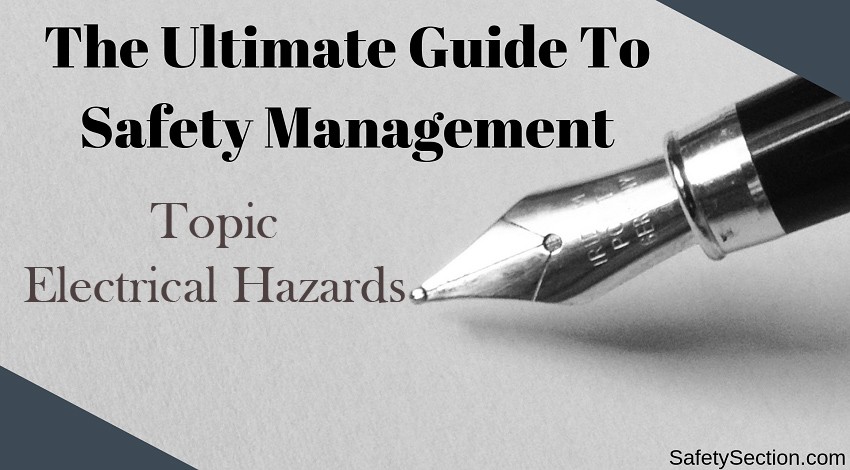1. Conduct a Comprehensive Risk Assessment:
- Identify Electrical Risks:
- Regularly assess the workplace for potential electrical hazards, including faulty wiring, overloaded circuits, and damaged equipment.
- Prioritize Risks:
- Categorize identified risks based on severity and prioritize addressing high-risk areas first.
Also Read: Risk Assessment Calculation Formula
2. Implement Electrical Safety Training:
- Employee Education:
- Ensure that all employees receive comprehensive training on electrical safety protocols, emphasizing the dangers of electrical hazards and safe work practices.
- Qualified Personnel:
- Designate qualified personnel to handle electrical tasks, including installation, repairs, and maintenance. Provide specialized training for these individuals.
3. Maintain Electrical Systems Regularly:
- Scheduled Inspections:
- Conduct regular inspections of electrical systems, wiring, and equipment. Address any issues promptly to prevent potential hazards.
- Preventive Maintenance:
- Implement a preventive maintenance program to identify and rectify wear and tear on electrical components before they become hazards.
4. Proper Equipment Use and Handling:
- Equipment Inspection:
- Regularly inspect all electrical tools and equipment to ensure they are in good working condition. Remove damaged or faulty items from service immediately.
- Use of Personal Protective Equipment (PPE):
- Mandate the use of appropriate PPE, such as insulated gloves and safety goggles, when working with or near electrical systems.
Also Read: Classification Of Personal Protective Equipment PPE
5. Electrical Wiring and Installation:
- Professional Installation:
- Hire qualified electricians for the installation of electrical systems. Ensure compliance with local electrical codes and standards.
- Proper Wiring Management:
- Organize and manage wiring to prevent overloading circuits and reduce the risk of electrical fires. Label circuits for easy identification.
6. Establish Emergency Procedures:
- Emergency Response Plan:
- Develop and communicate clear emergency procedures in the event of an electrical incident. Include steps for evacuations, first aid, and contacting emergency services.
- Emergency Equipment:
- Ensure the availability and functionality of emergency equipment, such as fire extinguishers and first aid kits, in locations where electrical hazards are present.
Find Our Buying Guides Below:
7. Encourage Reporting of Electrical Issues:
- Open Communication:
- Foster a culture of open communication where employees feel comfortable reporting electrical concerns or incidents promptly.
- Response Protocol:
- Establish a protocol for responding to reported electrical issues, ensuring that they are investigated and addressed promptly.
Conclusion
Preventing electrical hazards in the workplace is a shared responsibility that requires a combination of education, vigilance, and adherence to safety protocols. By implementing these strategies, employers can create a secure work environment where the risk of electrical accidents is minimized, fostering the well-being of employees and the overall success of the organization.

